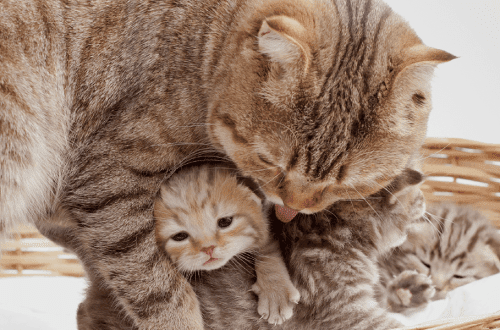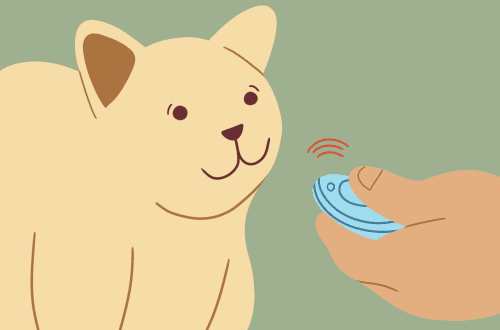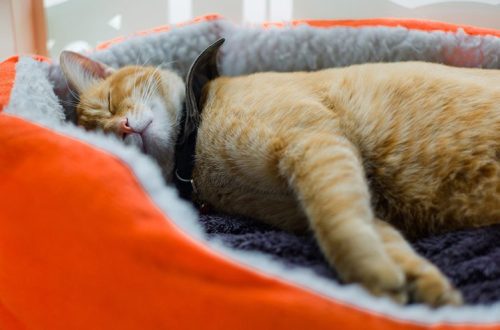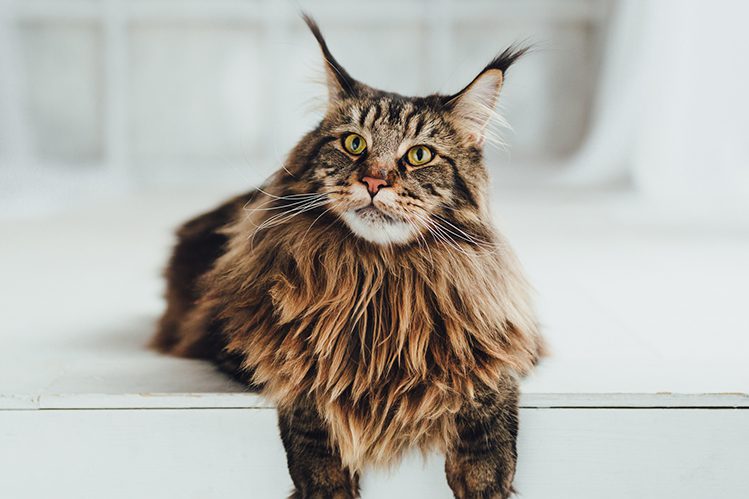
What to feed big cats
What is the peculiarity of the physiology of large cats: Maine Coon, Savannah, Chausie, Serval, Norwegian and Siberian cats? Do they need a special diet or are they fed the same way as cats of other breeds? Let’s explore this in our article.
According to the International Cat Association, the most popular cats for 2019 were Maine Coons. They are the most common in our country.
Cats of large breeds are at the peak of popularity not only in Russia, but throughout the world. Maine coons, servals, savannahs, chausies, Siberian and Norwegian cats, ragdolls, ocicats, bobtails – their gigantic size and majestic beauty will win the heart of anyone. But in order to provide the pet with proper care, and with it a long happy life, the owner needs to know about the physiology of his pet. What should be kept in mind?

A newborn kitten of a large cat weighs 100-160 grams, and after a week its weight doubles.
Large breed kittens grow twice as fast as other cats. At 7-8 weeks, they stretch and gain significant weight. Some breeders believe that the size of a kitten can already determine its gender.
By 2 months, a healthy Maine Coon kitten weighs an average of 2 kg, while a purebred kitten would weigh 500-600 g.
At 2 months, it’s time to gradually transfer the baby to self-feeding. The transition from mother’s milk to feed should be smooth to avoid digestive upsets. Healthy kittens have a good appetite and are happy to eat 6 times a day.
At 5 months, kittens of large breeds can weigh about 3-4 kg and catch up in size with an adult domestic cat.
After a year, the growth of a large cat slows down, but does not stop. The pet can grow up to 3-5 years. During this period, a large cat continues to develop muscles, it is gaining weight. So, Maine Coons reach their maximum growth at 2 years. There are times when pets grow in leaps and bounds and gain a kilogram per month. However, the owner must carefully monitor the increase and prevent weight gain.
The key factor influencing the size of a cat is genetics. The larger the parents, the larger the kitten will be. But there are other factors that affect growth: the quality of care, health, individual characteristics, and most importantly, diet.
A cat that is not fed well will not be able to achieve its best form even with an impeccable pedigree. What should be considered when compiling the diet of a fluffy giant?

We now know that big cats grow faster and longer than other cats. But proper development is only possible through a suitable balanced diet.
The “weak” place in cats of large breeds is the musculoskeletal system, in particular the joints. Bones, ligaments, joints and musculature need support in order for a cat to feel light and comfortable with its rapid growth and significant weight.
The diet of the Maine Coon and other large cats should be rich in protein and nutrients to support the skeleton and muscles. It is wrong to think that if you give a cat more calcium, it will grow big and strong. Excess calcium interferes with the absorption of proteins and some trace elements, in particular zinc. And this leads to dermatological diseases and a deterioration in the quality of wool.
The main thing in the diet is the balance of components. An excess of vitamins and minerals, as well as their lack, leads to serious health problems.
With a natural type of feeding, a cat must definitely be given an additional vitamin and mineral complex. Your veterinarian will help you choose.
When feeding ready-made diets, a healthy cat does not need additional vitamins, since the composition of the feed is balanced and provides everything that the pet needs. The main thing is that the food must be of high quality (not lower than the super premium class) and suitable for the cat in terms of breed and individual characteristics.
Don’t skimp on food! A high-quality balanced diet is the prevention of a huge number of diseases and the key to a good shape for your pet.
From 12 months, the cat is transferred to an adult diet. The owner must decide for himself what type of feeding he will follow: industrial prepared foods or natural products? It is impossible to mix two types of feeding: this will lead to severe metabolic disorders in the body and further diseases on this basis.
Each type of feeding has its pros and cons. It cannot be said that one is worse than the other. The main requirements are the quality and balance of the components.
If you have chosen a “natural”, the diet must be agreed with a veterinarian. Please note that a cat cannot be fed only meat, even if it is very good. Meat alone is not a balanced diet. A healthy cat’s diet should also include herbal ingredients, albeit in small quantities. With a natural type of feeding, the pet needs an additional vitamin and mineral complex.
Ready-made feeds are divided into quality classes, the class should not be lower than super premium. The diet should be breed-specific, so it is best to choose foods that are formulated specifically for large cat breeds (example: Buffalo Monge buffalo meat for large breeds). Such feeds satisfy the high need for protein and support the health of the musculoskeletal system due to the balance in the composition of calcium, phosphorus, glucosamine and chondroitin. Please note that a lack or excess of calcium and phosphorus, as happens if the diet is not balanced, leads to bone deformity.
The advantage of special food for large cats is also in the optimal size of the granules. The cat should not quickly swallow food, first she must nibble it. It’s the same in nature: cats train their jaws by carving up their prey. Chewing solid foods is good for keeping your jaw muscles healthy and preventing tartar. Upon contact with feed pellets, plaque is mechanically removed from the teeth. Pets on dry food have a lower risk of developing tartar than cats that mainly consume soft food.
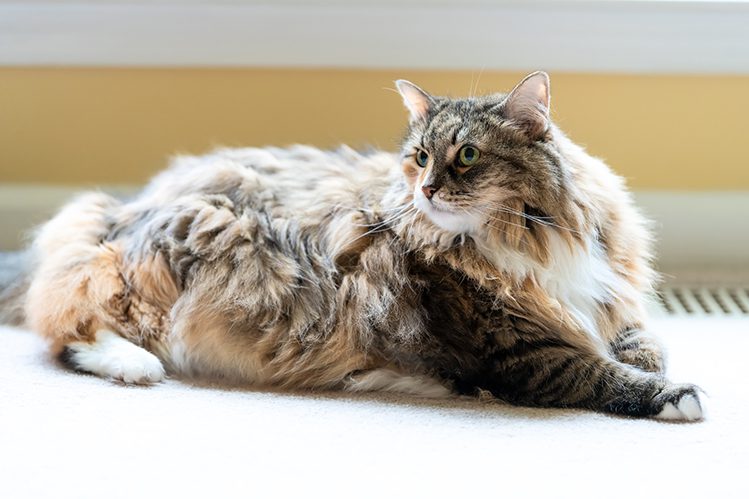
These are the basic rules for a healthy diet for a large cat. Do not forget about clean drinking water, which should always be freely available, and healthy treats – they will help you make your cat as happy as possible.
Until next time!



